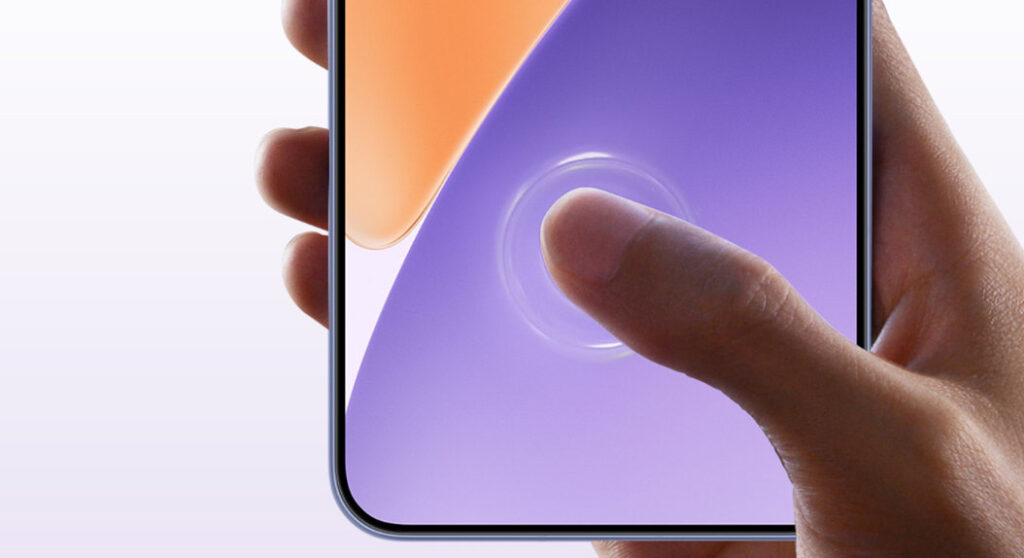Tianma Microelectronics showcased several pioneering display technologies at the Global Innovation Conference 2025, including the world’s first full-area light-sensing screen. These features are expected to be used in forthcoming smartphones and smart devices and may show up in future models, including Xiaomi 16 series, Redmi K80 Ultra, and even Xiaomi Pad lineup. Inventions such as adaptive color sensing, under-display fingerprint enhancements, and advancements in LTPO efficiency resonate with Xiaomi’s direction toward battery optimization and advanced user experience in the long run. To know more about Xiaomi’s latest development, users may also refer to our stories regarding HyperOS 2 and Xiaomi display technologies.
Full-Area Light-Sensing Screen: A New Interaction Model
The most important announcement of Tianma, though, is the full-area light-sensing display, one that can combine a wide-area under-display fingerprint sensor, ambient color temperature sensing, and real-time OLED lifespan monitoring into one panel. This makes the screen act as an “active perception interface” and not a traditional passive display.
Integrated sensing modules will adjust brightness and color temperature, while enabling finger authentication anywhere within the broad area. Such a design could significantly reduce burn-in risk, improve longevity, and help deliver more consistent OLED performance over long-term use.
Technical Advantages
- Wide-area under-display fingerprint recognition
- Dynamic color temperature control
- Real-time OLED aging and health monitoring
- Improved user convenience by active environmental sensing
Ultra-Narrow Bezel LTPO 3.0 Pro Display
Together with the sensing screen, Tianma introduced the LTPO 3.0 Pro driver circuit to bring the display management architecture to the next level. The new “Luban Driver” module intelligently balances the refresh rate and power consumption in pursuit of longer battery life without compromising display quality. This technology reduces bezel size while maintaining precise pixel control, a target that aligns well with Xiaomi’s premium smartphone designs. Key Benefits
- Ultra-thin bezels suitable for flagship devices
- More efficient refresh rate scheduling
- Lower power consumption for extended battery life.
- Optimized driver circuitry for prolonged device operation
- Colorful Health Display of Tiangong
Tianma also introduced the Tiangong wide-color-gamut panel, built on newly developed blue fluorescent and sensitized green fluorescent materials. These materials bypass foreign-controlled technologies and achieve a 96% BT.2020 color gamut, offering exceptionally vivid reproduction.
With this, future Xiaomi models could have more accurate color calibration, especially for multimedia-centric products like the Xiaomi Pad series and high-end Xiaomi T-series devices.
Highlights
- 96% BT.2020 ultra-wide color gamut
- Independently developed next-generation fluorescent materials
Enhanced accuracy in multimedia and professional color work Confidence refers to the probability of getting the right answer or the proportion of the confidence region that includes the true value. Potential Impact on Future Xiaomi Products Tianma has already collaborated with Xiaomi to supply various models. These new technologies-wide-area fingerprint sensing, improved LTPO energy efficiency, and enhanced color reproduction-could very well be the marquee features for Xiaomi’s next-gen devices. With HyperOS 2 optimization and Xiaomi’s AI-powered display algorithms, these displays could further enhance user experience in daily usage scenarios, gaming, entertainment, and professional activities.


 Emir Bardakçı
Emir Bardakçı





